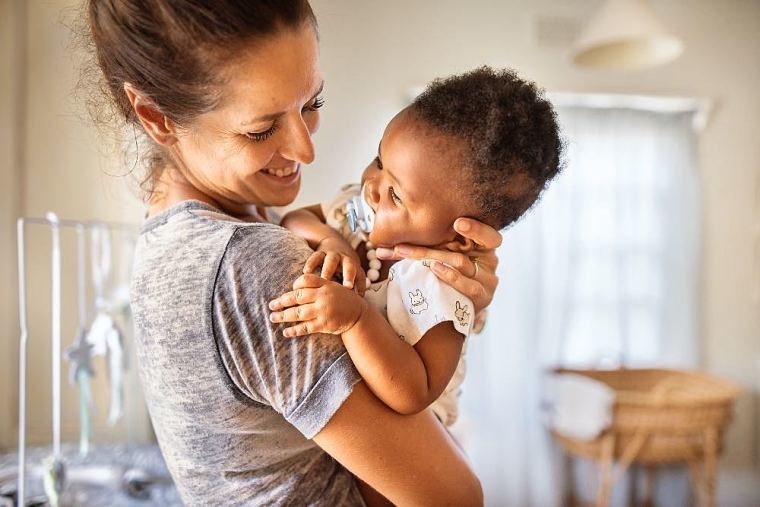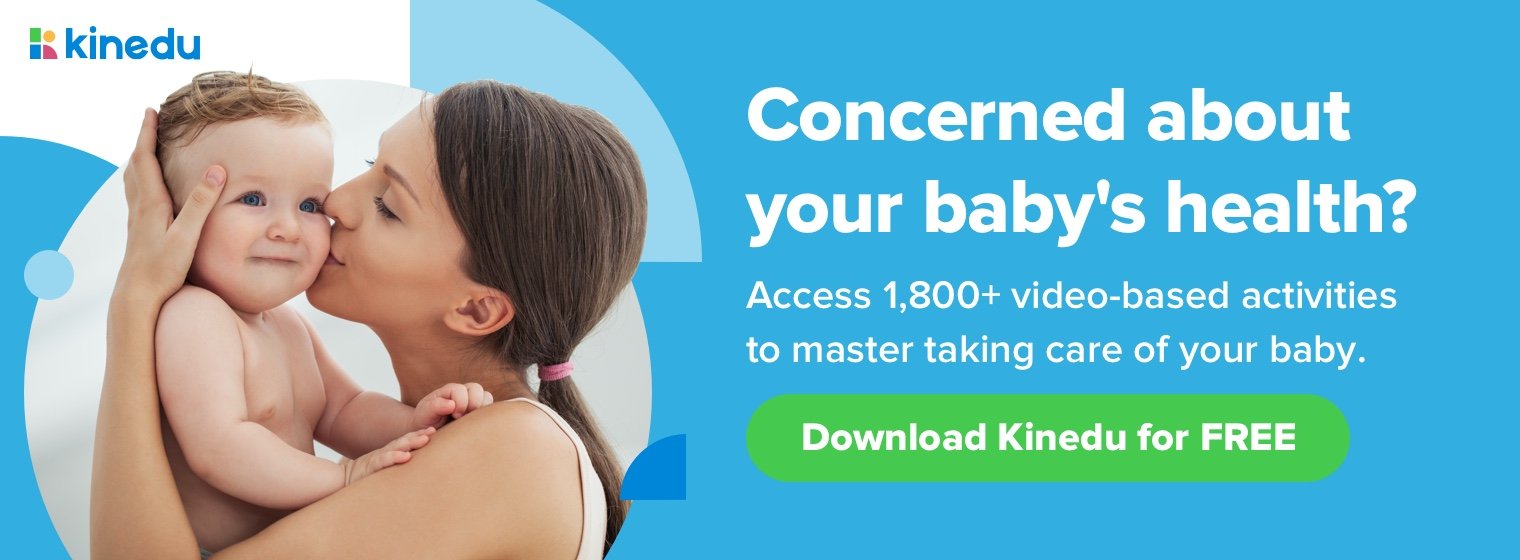Knowing how to take away your child’s pacifier can prevent problems caused by the excessive use of this object. We share some tips about the pacifier weaning process!
Your child may like to suck on a pacifier because it provides them comfort, calms them, and helps them fall asleep. However, you should know when to give a pacifier to them and when to make them quit using it.
Prolonged use of a pacifier can, for example, interfere with your little one’s language development. To help you, we have created a short guide about pacifier weaning. Keep reading!
Why Can Pacifiers Be Harmful?
Pacifiers have pros and cons. On the one hand, this object can help your baby relax, reducing anxiety; on the other hand, parents or caregivers should pay attention to the excessive use of this object.
Long-term use can interfere with your little one’s breastfeeding and teething. Also, the use of a pacifier is likely to cause emotional dependence. Therefore, the child may fail and have difficulty falling asleep without this resource.
Additionally, research says that prolonged use of a pacifier can also interfere with language development. If they have something in their mouths, babies may not imitate the sounds they hear around them. Therefore, children who use pacifiers may not communicate their needs.
3 Tips For Pacifier Weaning
Here are some tips to help your little one go through the pacifier weaning process peacefully. To understand how to take away the pacifier, check out these tips:
Do a Gradual Pacifier Weaning
The pacifier can be removed gradually, rather than overnight. In this sense, you can replace the pacifier with something that also comforts your little one. You can exchange it for another stimulus, such as telling a story or singing a song.
Try To Understand Your Baby’s Cry
Another factor that can help the pacifier weaning process is understanding the meaning of your baby’s crying. Before a child learns how to speak, they communicate by crying and babbling.
Instead of giving your baby a pacifier to keep them calm, little by little, you can identify the reason for the discomfort; perhaps your little one is hungry or tired.
Ask For Help If Necessary
When should babies stop using a pacifier? Pacifier weaning is recommended when the baby is one year old. If your child is having a hard time stopping using a pacifier, be sure to ask a professional for help. Ask a pediatrician or dentist for advice on what to do.
In this article, you’ve learned how pacifier weaning can prevent your child from having speech development delays or developing an emotional dependence. Follow these tips to ease the transition and use strategies like swapping the pacifier for another source of comfort. It is also important to understand that, if necessary, you can seek professional help.Did you like knowing more about pacifier weaning? Take the opportunity to download the Kinedu app, share challenges and








